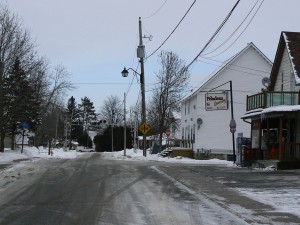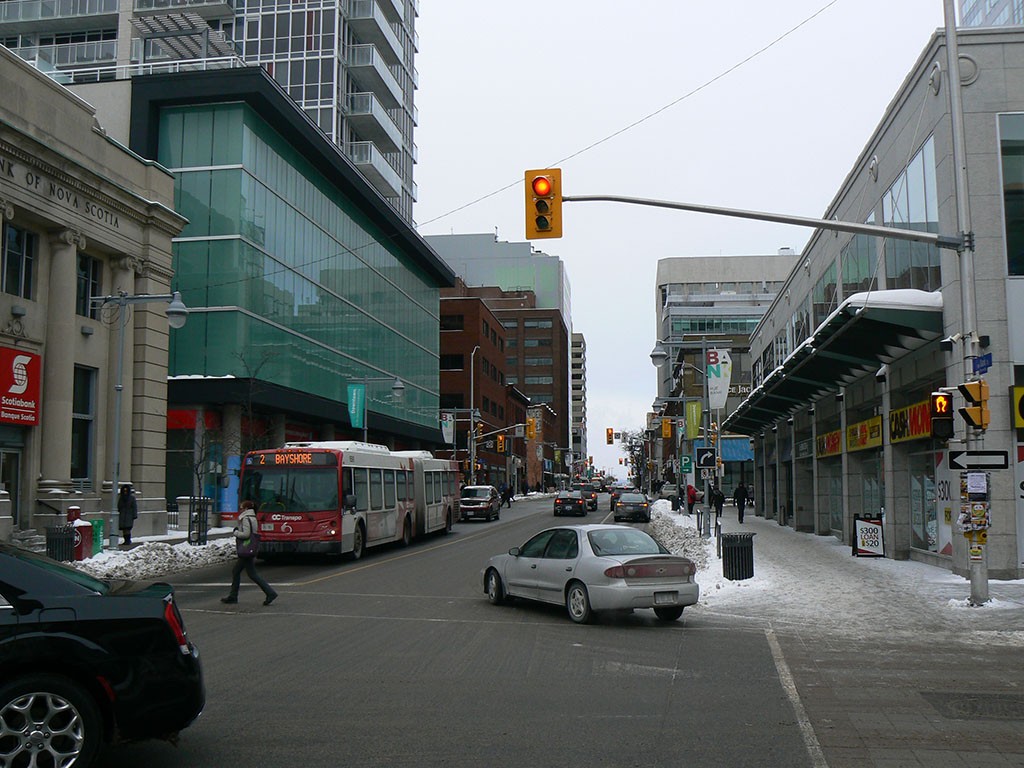Dissolution: the Canadian experience
Village dissolution has been a big topic lately in New York. Several villages across the state have already voted to dissolve their municipalities and become part of adjacent towns. Other villages are considering dissolution. The reasons are generally economic: declining tax bases and the need to conserve what tax revenue there already is, and to better use whatever support comes from the state. Governor Andrew Cuomo has even proposed a contest with prizes of financial reward for communities that consider merging.
In Ontario and Quebec, we’ve gone through various rounds of municipal mergers over the past decades. In Canadian political speak, it’s usually called things like “regional government,” “municipal restructuring,” or simply “amalgamation.” There is a big difference between what has happened here from what is happening in New York. The Ontario and Quebec experience was almost completely undemocratic in how it unfolded. The big factor behind this is that in Canada, municipal governments do not have to exist. Under the constitution, they exist only at the mercy of provincial governments. The province can tell, and has told, municipalities they must cease to exist or join up with neighboring ones.
The harshest round of this happened during the 1990s and early 2000s in Ontario and Quebec. The reasons were basically the same. However, there were no contests, and residents of affected villages, towns, townships, and cities did not get to vote on it. Councils were told to initiate the process themselves or the province would intervene and do it for them. My hometown in southwestern Ontario was one of the places that heeded that warning. The result was an urban town of about 5,000 people joined with two neighboring rural townships to form an entirely new municipality.
Other municipalities, large and small, were not so lucky. The City of Toronto, previously composed of the city, five boroughs, and a metropolitan level council, was merged into a single big city by an act of the Ontario Legislature in 1998. The result was a city council of 45 members that represents nearly three million people. Prince Edward Island, Canada’s smallest province, only has 27 members in its legislature!
A similar forced municipal marriage happened in the Ottawa area in 2001 when the Ontario government merged the formerly smaller city of Ottawa with 10 other surrounding municipalities and the old Regional Council to form the big, single city government that serves nearly one million residents. This is why travelers heading north on Highway 416 see a sign welcoming them to Ottawa when they cross the Rideau River near Kemptville. The Rideau is the southern city limit.

Quiet villages like Vars are part of the City of Ottawa but are quite different from the urban culture of the city.
Rural and urban Ottawa bear very little resemblance to each other. In Vars, a village surrounded by forest and farms in the former Township of Cumberland, there a few streets of old houses, two churches, and a school. In what could most closely resemble a downtown, there is a small grocery store near the railway crossing. Vars doesn’t resemble the densely populated commercial and residential areas of Ottawa at all.

Some parts of amalgamated municipalities are very rural. This farm in Ottawa is in the former Township of Cumberland.
Quebec’s government also imposed similar municipal mergers on communities. In the National Capital Region, Hull, Gatineau, Aylmer, and two other towns were unified into the single Ville de (city of) Gatineau in 2002. The government made similar orders in the Montreal region—although many of the affected towns at least got to retain borough status. A later change in government policy also allowed residents of these towns and cities to vote on becoming independent again, which a few of them did.
The economic benefit to municipal amalgamation in Ontario has been questionable. In many places, staff from former towns were simply consolidated in a single office and no positions were eliminated. Positions that had previously been part-time became full-time, which led not only to higher salaries, but additional support staff being hired. New administration buildings were also needed in many rural areas due to more staff members and centralized facilities for highway and maintenance departments. New facilities cost money. Property taxes in restructured municipalities still increased as a result.
Finally, because of the municipal mergers, historical identity was lost. Old boundaries, many dating from the colonial times, became insignificant. This was especially true in eastern Ontario in the counties and towns along the St. Lawrence River and Lake Ontario.
Although the topic of village dissolution is challenging and divisive for residents of some New York communities, they should appreciate the fact that the undertaking is unfolding in a much more democratic way with a greater level of flexibility than occurred in Canada. New York residents might also look at the financial and social aspects of Ontario’s experience before they make a decision to dissolve the villages they call home.
Tags: canada, government, municipal, politics, provincial









There’s one thing that can be done which should have no objection. It is absolutely nonsensical that a village or city can exist within a town borders, which each entity having its own separate government and bureaucracy and having to pay double taxes. Just make it so that villages and cities are completely separate from towns by law and that will, by itself, make things better.
(If my understanding is erroneous, please correct me but this is what I’ve been told)
It is primarily local politicians and public employees who oppose consolidation and have used scare tactics to support their cause.
Politicians want to retain their positions and public employees (including police) are worried about losing their jobs or having to accept less generous pay packages when the dissolution occurs. Neither of those groups address the subject of growing costs and declining revenues.